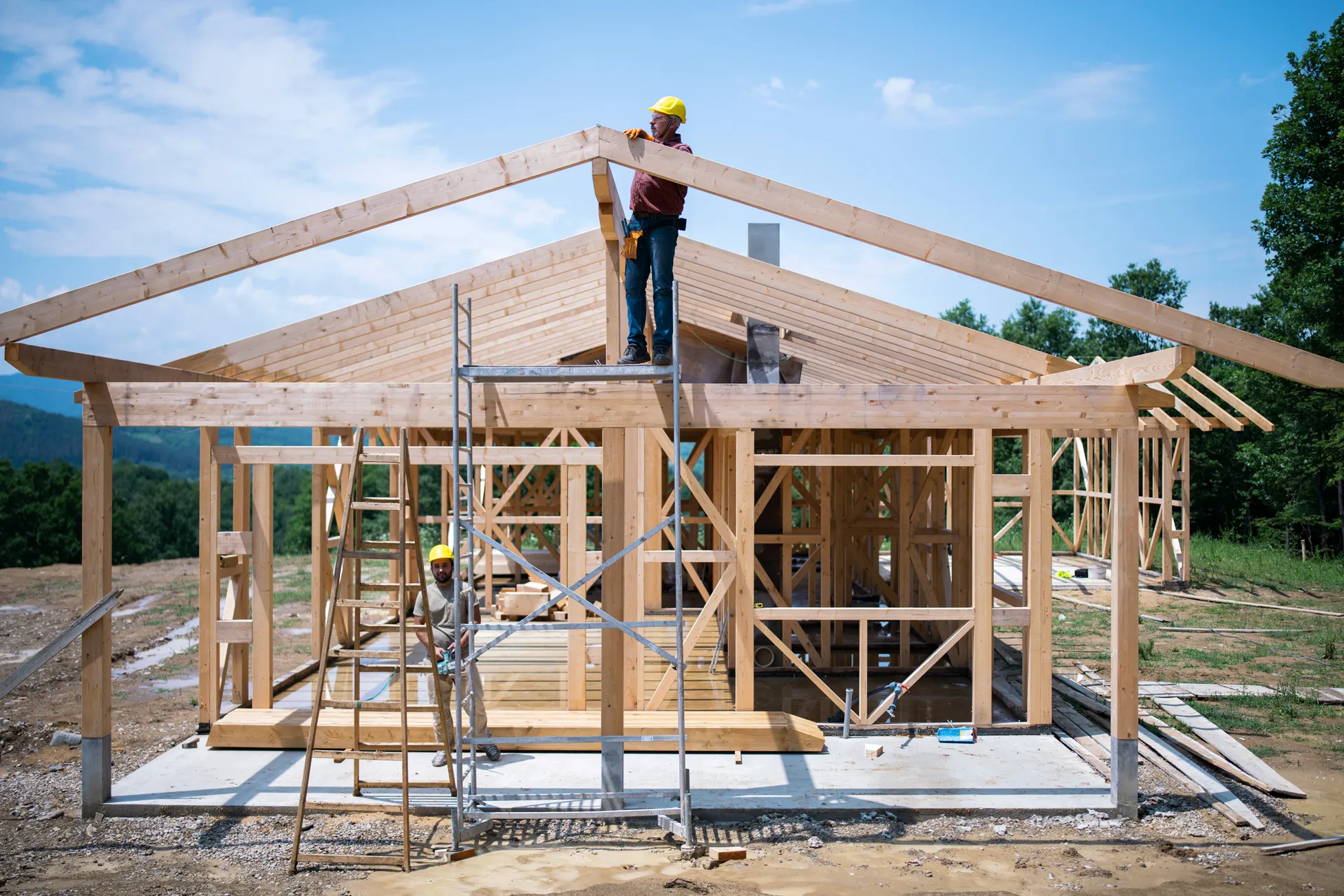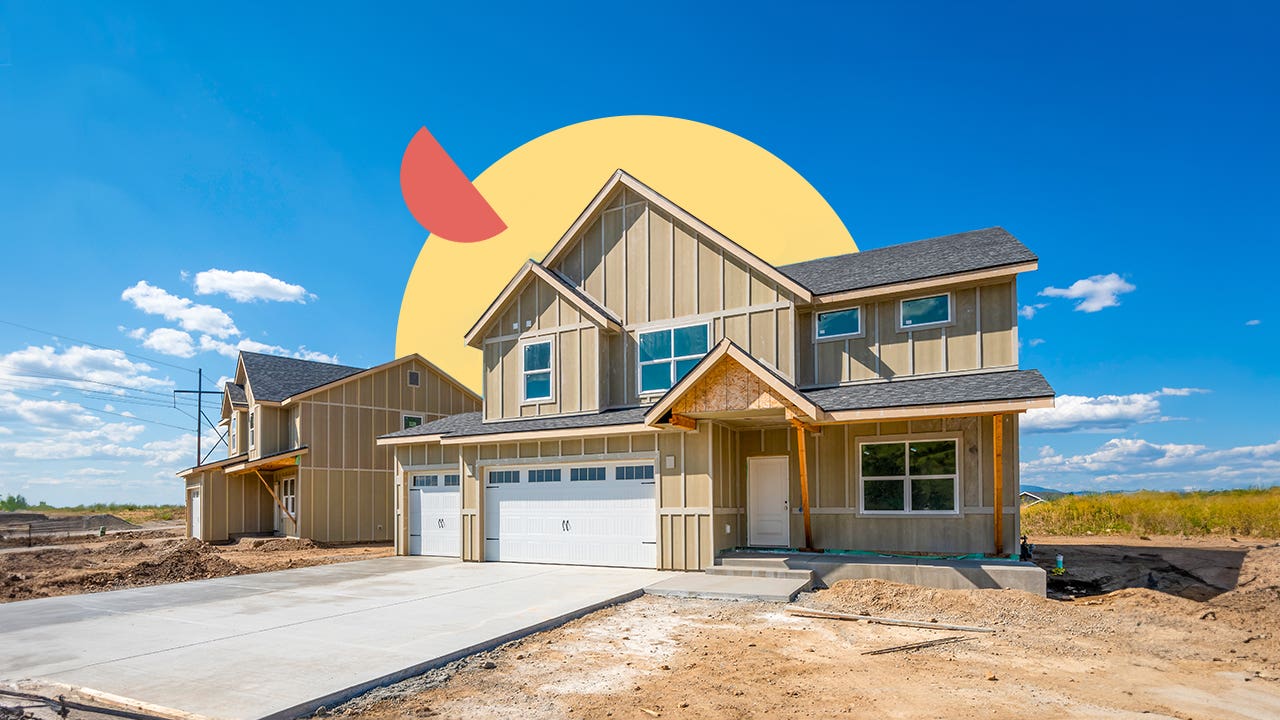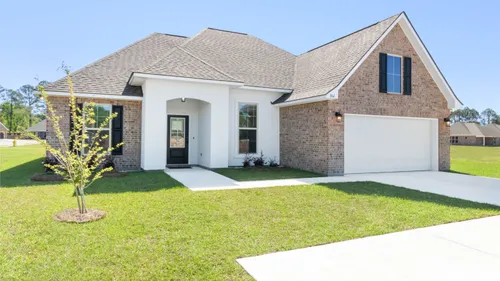Bathroom Remodeling Indiana Experts Focusing On Elegant Upgrades
Bathroom Remodeling Indiana Experts Focusing On Elegant Upgrades
Blog Article
Just How a General Service Provider Can Change Your Typical Locations Into Functional Spaces
The improvement of usual areas right into functional areas is a nuanced procedure that requires a basic professional's know-how in evaluating particular area needs and creating tailored remedies. By considering elements such as format, ease of access, and visual allure, a service provider can create atmospheres that not only serve practical purposes yet also foster neighborhood engagement.
Assessing Current Common Location Requirements
When evaluating common areas, it is necessary to determine and comprehend the certain requirements of the area they serve. This process begins with an extensive evaluation of existing use patterns, which involves gathering data walking website traffic, height use times, and tasks occurring within these rooms. Involving with area participants via studies or meetings can offer useful understandings into their choices and obstacles.
Following, it is crucial to take into consideration the market make-up of the neighborhood, consisting of age, lifestyle, and any kind of special demands that may influence how these rooms are used. As an example, family members with children may require play locations, while older adults may prioritize availability features.
Additionally, reviewing the existing framework and amenities is crucial. Identifying areas that are underutilized or in need of repair work can educate prospective enhancements. Collaborating with stakeholders, such as residential property supervisors and local companies, makes certain that the analysis shows a detailed understanding of the area's requirements.
Eventually, a meticulous assessment of existing usual area requires prepares for reliable transformations, allowing for the development of rooms that foster involvement and boost the general lifestyle within the area.
Creating for Functionality and Looks
A comprehensive understanding of neighborhood needs establishes the stage for efficient style that balances functionality and visual appeals alike areas. Successful layout calls for a thoughtful technique that considers both the sensible usages of the space and the aesthetic allure that boosts the environment.
Useful style involves creating areas that cater to the specific tasks and interactions of the area. This may consist of flexible seating arrangements for events, obtainable pathways for people with wheelchair challenges, or designated locations for recreational activities. Each component needs to serve a function while ensuring ease of motion and comfort for users.
Appearances play a crucial duty in fostering an inviting ambience. The choice of shades, materials, and lighting can considerably affect the perception of a room. Incorporating natural environments, such as greenery or water features, can boost the atmosphere and produce a calming environment. Additionally, straightening the layout with the community's social identification can cultivate a feeling of belonging and satisfaction.
Budgeting and Resource Appropriation
Reliable budgeting and source allotment are important elements in the successful transformation of usual areas. A well-defined budget lays out the financial parameters within which the task have to operate, guaranteeing that prices are regulated and resources are successfully used. This begins with an extensive assessment of task requirements, consisting of design components, materials, and labor.

A general specialist plays an essential duty in this stage, collaborating with stakeholders to develop reasonable budget plan estimates that straighten with the designated vision. By prioritizing important features and discovering affordable alternatives, the specialist can enhance spending without endangering quality.
Source allocation requires purposefully designating personnel, continue reading this equipment, and products to different stages of the project (General Contractor Indiana). This requires cautious preparation to prevent delays and ensure that each element is supplied in a timely manner. In addition, routine surveillance of expenses versus the budget assists to determine prospective overruns early, permitting timely modifications
Taking Care Of Building Refine Successfully
Handling the building and construction process efficiently is necessary for attaining prompt project conclusion and preserving budget plan stability. A well-coordinated approach involves meticulous planning, clear interaction, and efficient source administration. General service providers must develop an in-depth task timeline that lays out each stage of building, enabling the identification of vital turning points and potential bottlenecks.
Regular progress conferences are important for keeping all stakeholders informed and aligned. These conferences facilitate the timely resolution of issues, making sure that the job remains on track. Furthermore, utilizing task monitoring software can simplify communication, track development, and manage paperwork, reducing the chance of misconceptions and hold-ups.
Efficient resource allowance is likewise paramount. By guaranteeing that products, labor, and devices are available when needed, basic service providers can stop costly disturbances. Executing a positive method to risk administration more enhances performance, as it enables the identification and mitigation of possible challenges before they escalate.

Guaranteeing Conformity and High Quality Specifications
Compliance and quality criteria are fundamental to the success of any building and construction project, making sure that the ended up areas not only satisfy customer assumptions but likewise follow regulative demands. A basic professional plays an essential role in implementing these criteria throughout the building and construction process.
First, it is vital for the service provider to stay updated on regional building codes, security regulations, and industry finest techniques. This expertise allows them to lead design choices and material selections that align with compliance criteria. Normal examinations and top quality analyses during the building and construction stage aid to recognize possible problems early, minimizing pricey hold-ups and revamp.
Additionally, a credible basic service provider cultivates a society of high quality among workers and subcontractors. This can be achieved by giving training on conformity methods and implementing rigorous top quality control procedures. By establishing clear communication networks, the specialist can guarantee her explanation that everyone involved understands their responsibilities regarding conformity and high quality.
Conclusion
In final thought, the function of a basic specialist in changing typical areas into useful areas is pivotal. Through a thorough evaluation of community demands, thoughtful layout, careful budgeting, and efficient task administration, these professionals can create environments that boost usability and visual appeal. Adherence to compliance and quality criteria even more ensures that rejuvenated rooms not just meet the assumptions of stakeholders but likewise foster engagement and enrich the general experience for all customers within the community.
The makeover of usual areas into functional rooms is a nuanced process that calls for a basic contractor's proficiency in analyzing specific area requirements and creating customized services. By considering elements such as format, availability, and visual allure, a professional can develop settings that not only offer functional functions however likewise foster community involvement. General contractors need to develop a detailed job timeline that describes each phase of building and construction, allowing for the identification of possible traffic jams and critical landmarks.

Report this page